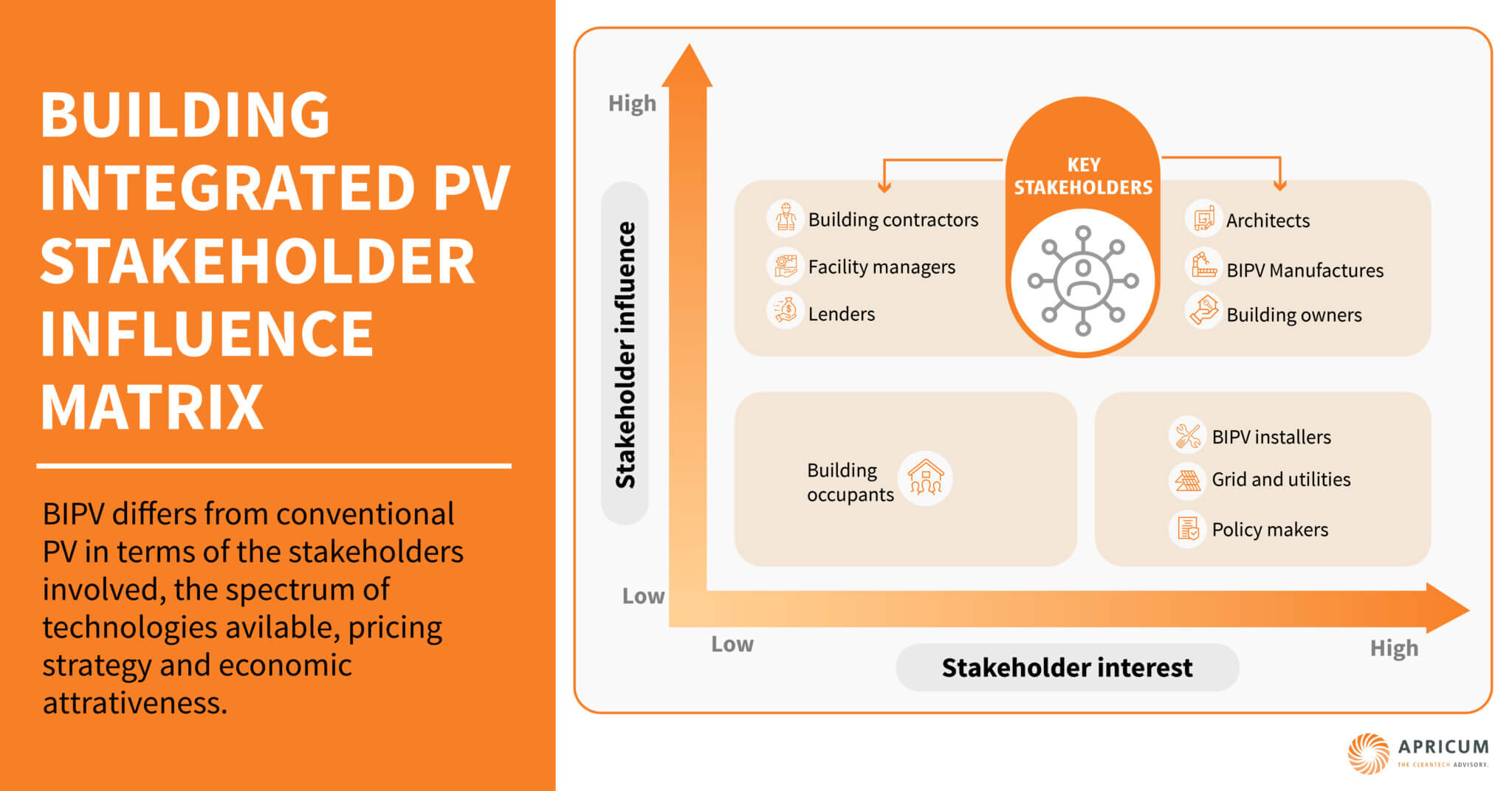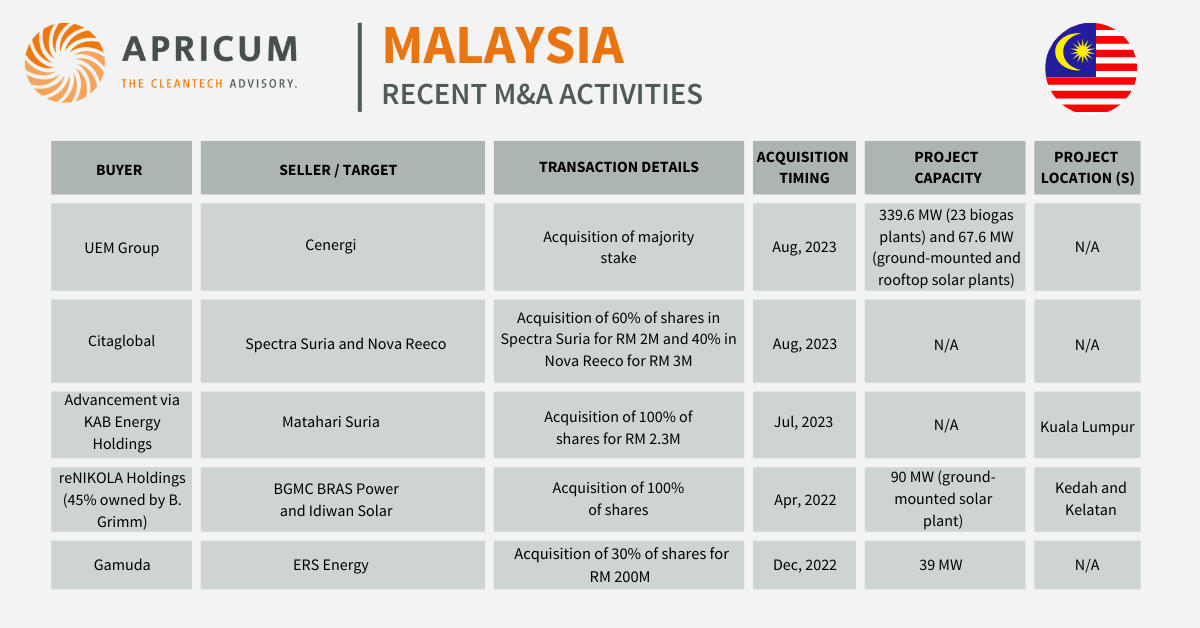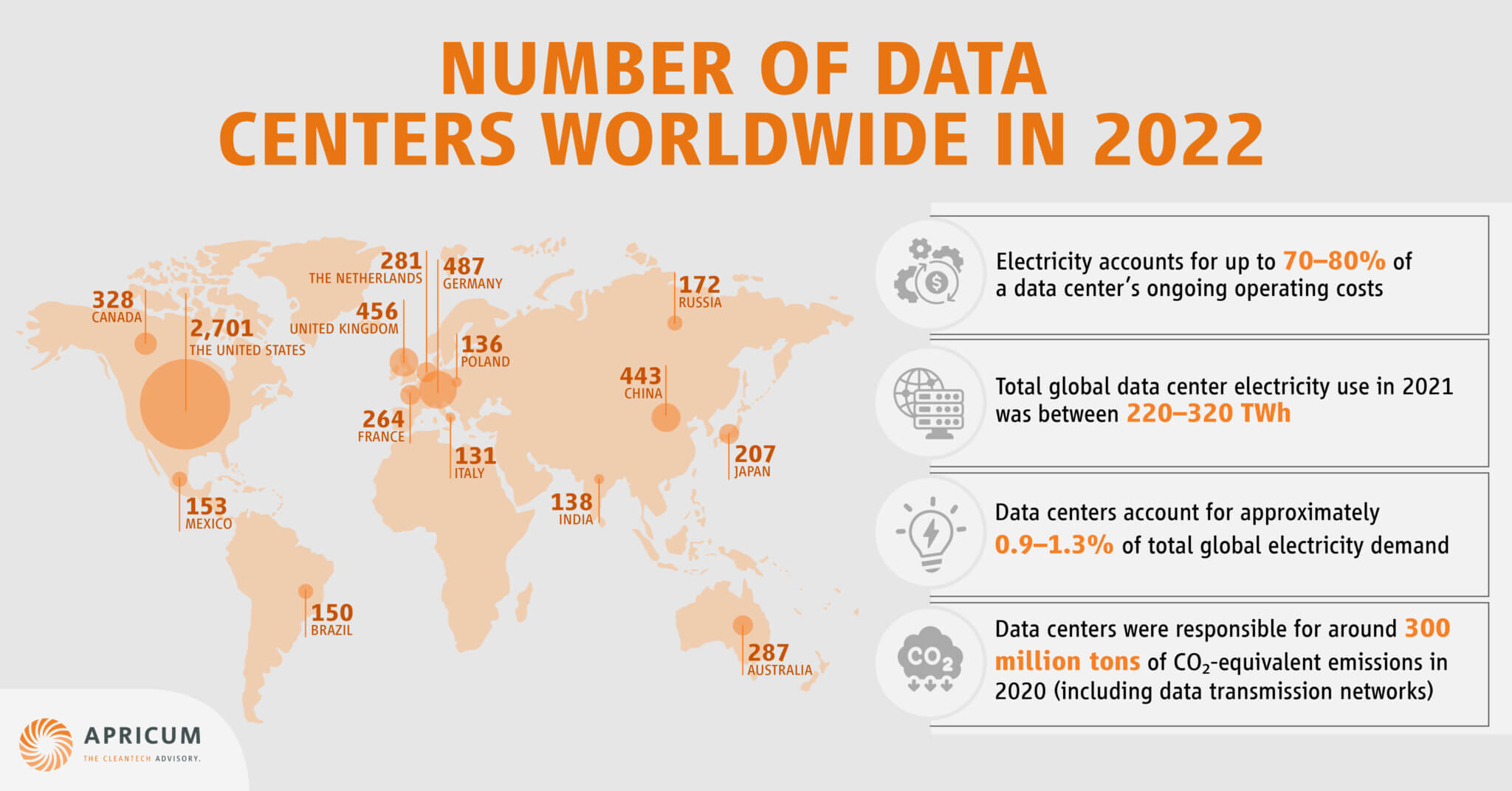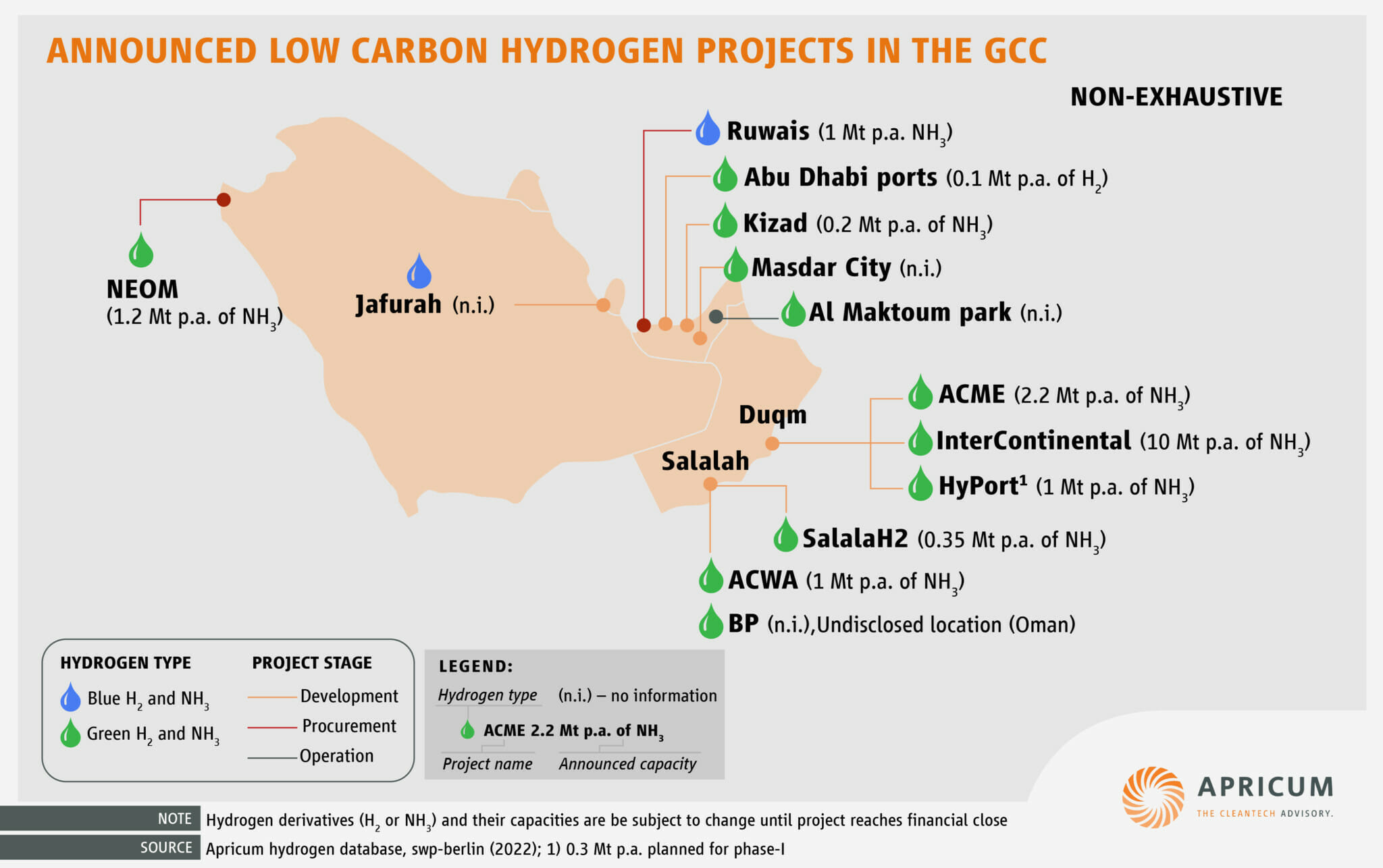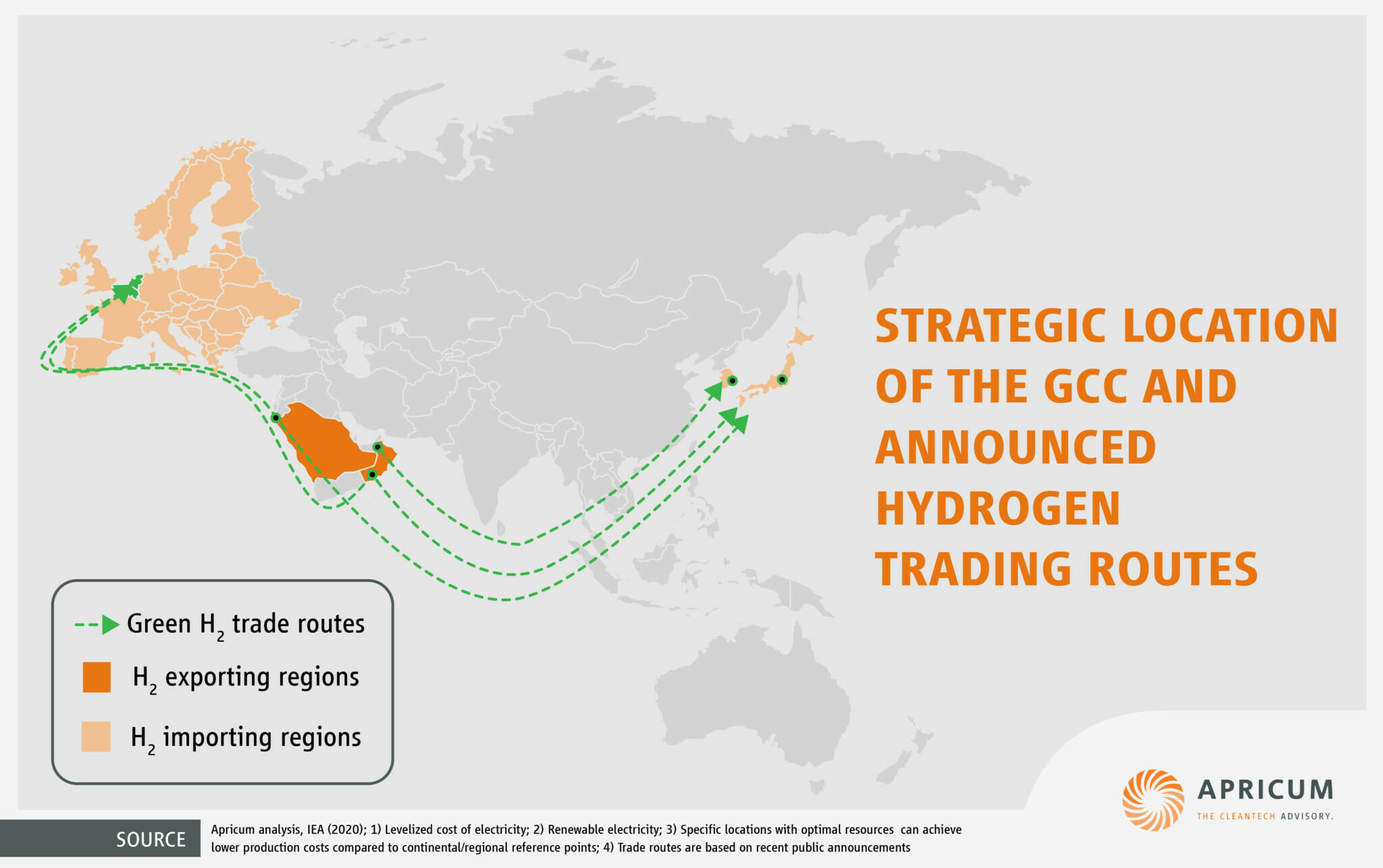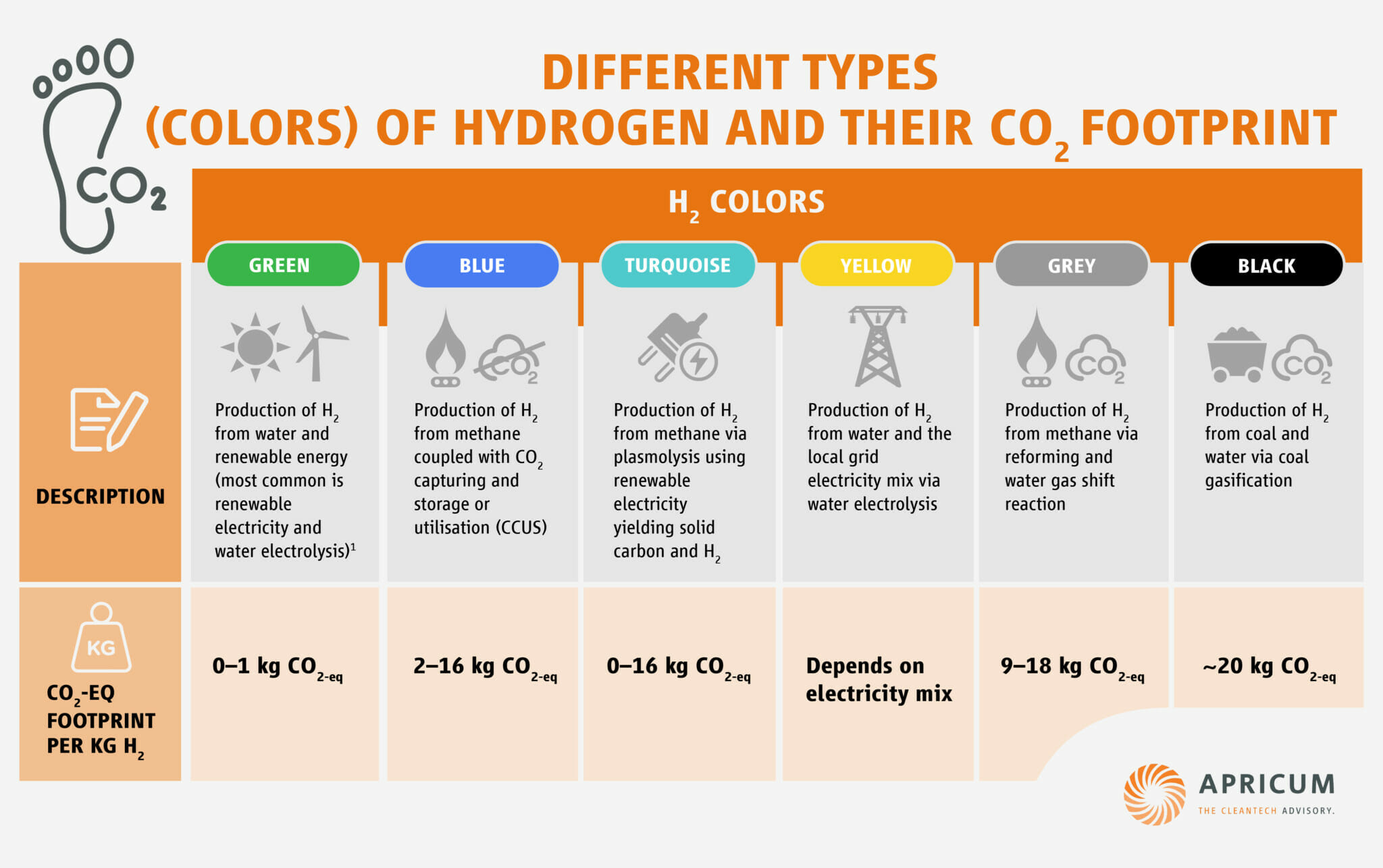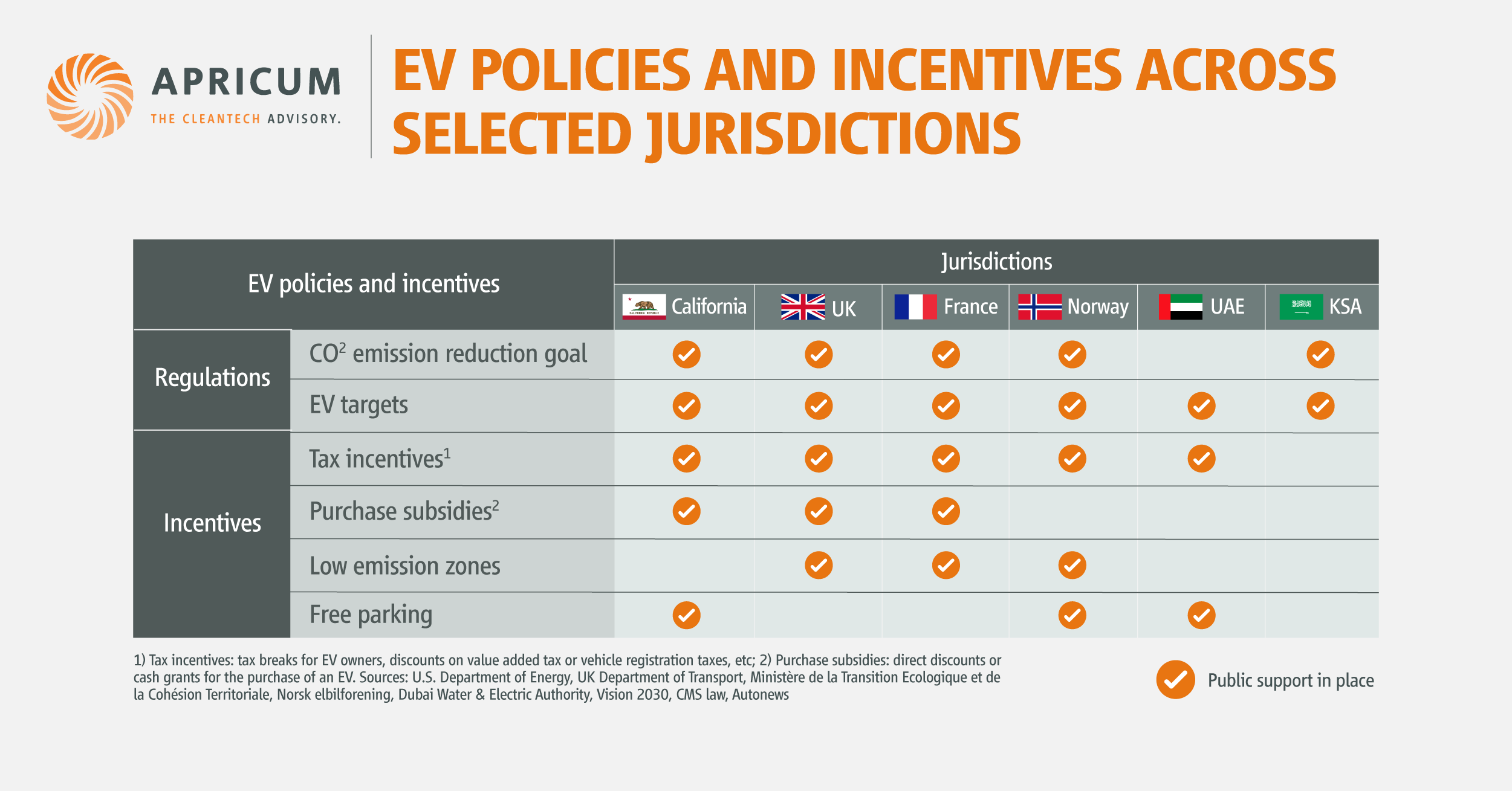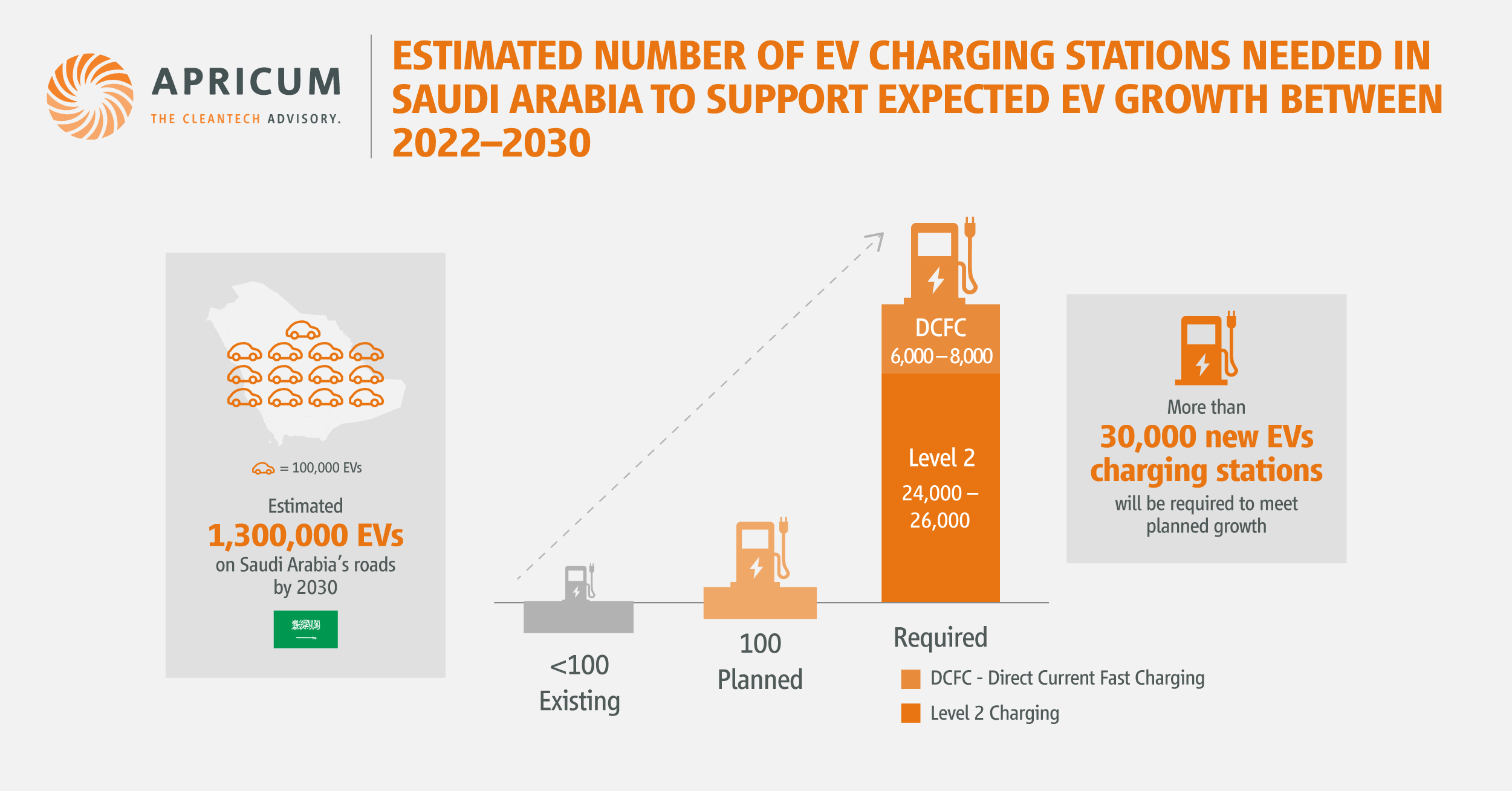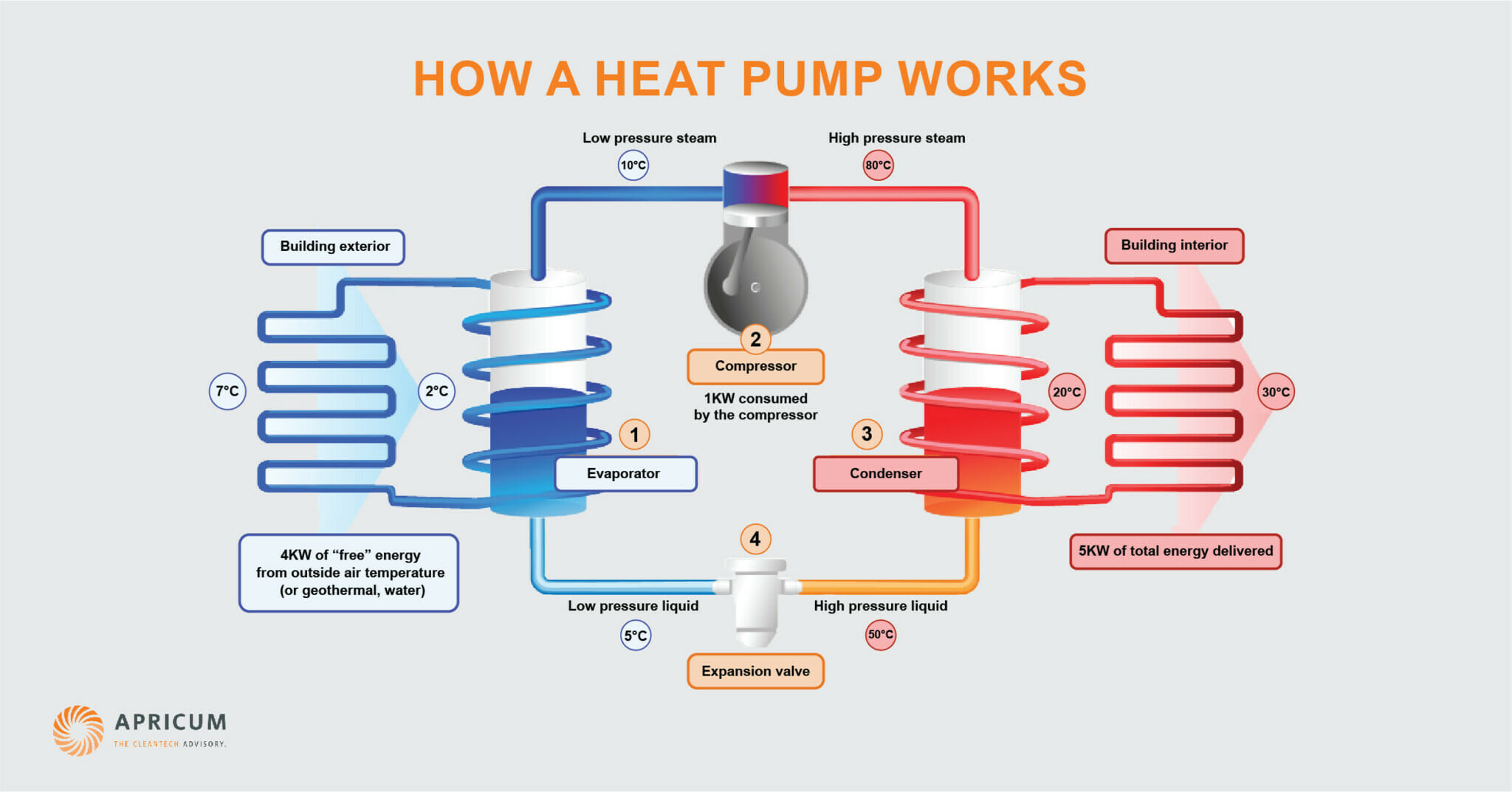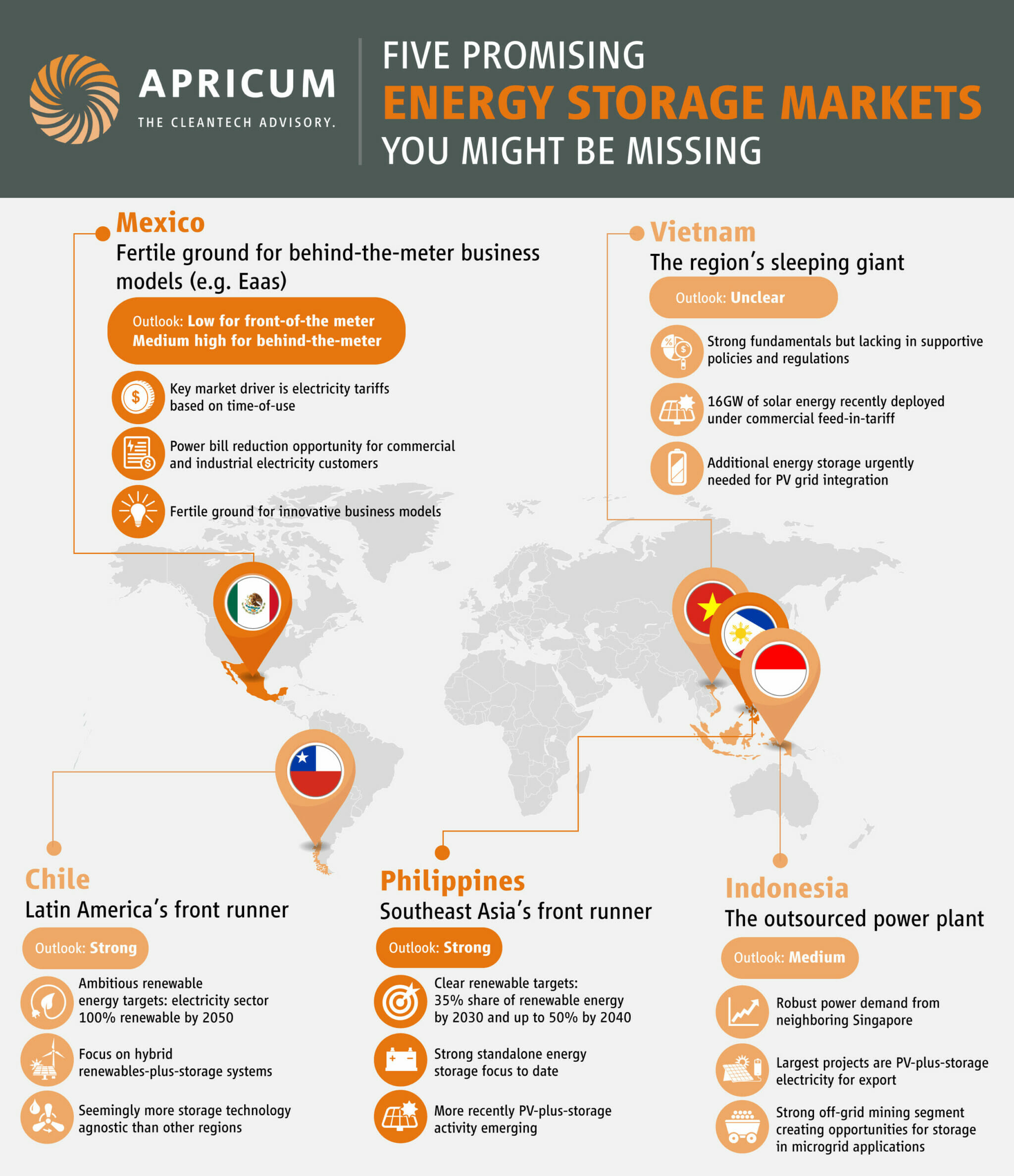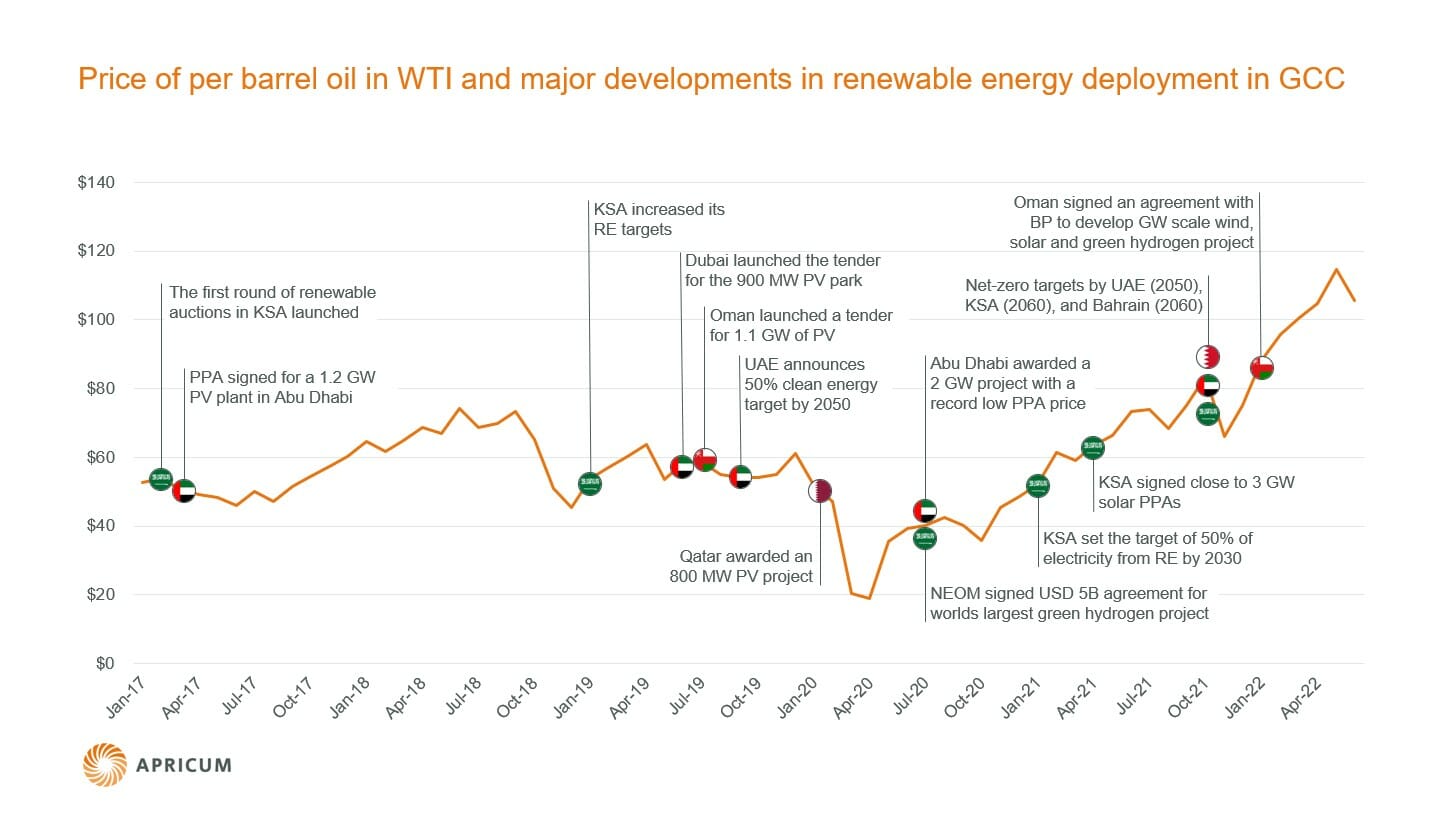One might expect that China’s recently announced emission-reduction policies would have only a positive impact for the solar industry, however, the effects are mixed. The subsequent power restrictions imposed on almost all provinces and regions have pushed up prices for raw materials such as polysilicon, EVA, backsheets, aluminum frames and solar glass etc, thus driving up the price of solar panels. Given the PV industry’s strategic relevance and importance, exemptions may be granted potentially. The grid-electricity crunch is, however, very positive for distributed solar and energy storage systems, and with regulatory support will drive demand for roof-top and ground-mounted solar in the C&I sector.
China’s emission-reduction action squeezes PV production
In September 2020, China’s president, Xi Jinping, announced the nation’s CO2 emissions would peak before 2030 and carbon neutrality would be achieved by 2060, in what has been termed a “double carbon policy.” In December, two further goals were announced – cutting carbon intensity per unit of GDP by more than 65% from 2005 levels and increasing the share of non-fossil fuels in energy consumption to 25% by 2030. Moreover, by 2030 China aims to be home to a minimum of 1.2 TW of operational solar PV and wind power generation capacity. By the end of 2020, China had installed 253 GW and 281 GW of solar and wind capacity respectively.
The “dual control policy” refers to the reduction of quantitative targets set for both total energy consumption and energy intensity – the latter representing the amount of energy consumed per unit of GDP growth. In 2020, China limited its energy consumption to 5 billion tons of standard coal equivalent and therefore, provinces are required to meet targets set earlier this year by China’s National Development and Reform Commission (NDRC).
Impact of provincial government action plans on the PV supply chain
Yunnan serves as a telling example. The Yunnan provincial government released a notice instructing industrial silicon production output to be reduced by 90% from September to December 2021. Between January and August, Yunnan’s industrial silicon output made up approximately 20% of China’s total domestic supply. Recently, prices for industrial silicon have reached RMB 80,000–90,000/ton (USD 12,400– 14,000/ton) representing a 300% increase on the same period last year.
The energy-intensive & CO2 emitting production of aluminum forced local Yunnan aluminum manufacturers to shut down 200,000 tons of production capacity from a total of 730,000 tons, leading to price increases of 20% in a single day. At present, aluminum prices are at their highest levels since the mid-2000s. Since January, aluminum prices have increased by more than 50%. Similarly, soda ash has reached its highest price level in 10 years and has increased by 80% since January. Soda ash is a key material for solar glass and also energy-intensive to produce.
Rising solar panel prices driven by rising electricity tariffs
To cope with the situation in future, Yunnan province recently announced an increase in its electricity tariffs for industrial use by 50%, a measure that is scheduled to become effective on January 1, 2022.
Since early 2018, the price for polysilicon had been falling, reaching an all-time low of RMB 56/kg (USD 8.70/kg) in April and May last year. Since then, prices have increased and the latest transaction price came in at RMB 276/kg (USD 43.20/kg).
Consequently, given the price increase for raw materials – which translates to higher prices for polysilicon, EVA, backsheets, aluminum frames, solar glass, junction boxes and so on – prices for solar panels have reached a level not seen in the past 12–18 months.
Taking into account the high prices, manufacturers have lowered production output, according to various industry sources. For instance, out of 26 module and 52 cell production lines, average capacity factor was 46% and 43%, respectively in mid-October. Prior to the national holiday week at the start of October, the capacity factor of cell lines was almost 30% higher. Currently, capacity factors for cell manufacturer are at around 60%.
Overall, current power restrictions imposed by almost all provinces and regions are subject to different deadlines, ranging from days to months. It is currently unclear whether PV manufacturers will be exempted from these power restrictions given the industry’s strategic relevance and importance.
“Green factory” lists and Olympic blue skies may not help the PV industry
In October 2020, the ministry responsible for implementing the “Industrial Green Development Plan 2016–2020” released the fifth batch of 719 nationally approved green factories and 1,073 green products. Although PV related products are included, it appears less than a dozen solar PV manufacturers made it onto this “green factory” list, and whether such a list will help PV companies to escape power restrictions remains to be seen.
Unfortunately, the “Autumn and Winter Air Pollution Comprehensive Plan for Key Areas 2021–2022,” could put further pressure on various industrial sectors, including solar PV. This plan covers 59 cities in the Beijing-Tianjin-Hebei area and could result in significant production restrictions, with potential consequences for the overall PV supply chain. Here China’s hosting of the 2022 Winter Olympics in February could also be a driver of the doubling of targeted cities (compared to previous plans). Measures to ensure blue skies throughout the games may not only be far-reaching but also strictly enforced.
Positive outlook for distributed solar PV with energy storage
One immediate impact of the emission-reduction aimed policies from the Chinese authorities is that distributed solar PV has gained significant importance, simply because it enables factories to consume their locally generated clean power on-site, often significantly more affordable than grid-supplied, coal-produced power – in particular during hours of peak demand. Currently, the average payback period of a commercial and industrial (C&I) rooftop system in China is approximately 5–6 years.
In this context, China’s National Energy Administration (NEA) approved a new pilot program specifically designed to boost the deployment of distributed solar PV in late August. Accordingly, by the end of 2023, existing buildings will be required to install a rooftop PV system, with the requirements across 676 counties as follows: government buildings (no fewer than 50%); public structures (40%); commercial properties (30%); and rural buildings (20%). Assuming 200–250 MW per county, total demand from this program alone could be in the order of 130–170 GW by the end of 2023.
Independent of this pilot program, approximately two-thirds of provinces to date have mandated that every new C&I solar rooftop and ground-mounted system, must be combined with an electrical energy storage system (EES), enabling factories to shift and extend their production hours.
GW-hydrid bases will also drive PV
In the near to mid-term, significant demand for PV will come from “GW-hybrid bases,” a combination of renewables, hydro and coal, depending on location. Recently, China’s premier Li Keqiang explicitly called for the construction of massive GW-bases (in particular those including PV and wind) in the Gobi Desert to serve as a power supply back-up system. According to China’s president, Xi Jinping, the construction of the first phase of such a GW-base – with a capacity of up to 100 GW of wind and solar – has already started. Further details are yet to be published.
China allows floating of its electricity prices
In addition to supporting solar PV installations, provincial governments are increasingly planning to introduce a more differentiated electricity tariff structure, to stimulate a more rational use of power. For example, the ‘peak vs. valley’ price difference amounts to RMB 1.173/kWh (USD 0.18/kWh) and RMB 0.85/kWh (USD 0.13/kWh) in Guangdong and Henan, respectively.
Guangdong’s average tariff is RMB 0.65/kWh (USD 0.10) and its lowest is RMB 0.28/kWh (USD 0.04) between midnight and 7 a.m. Such time-of-use based electricity tariff schemes should drive the development of new business models, in particular, when combined with distributed solar PV.
What to expect in the near-term: high polysilicon prices and further solar GW projects
Regardless of the impact of the double carbon and dual control policies, polysilicon prices have been increasing over the past eight weeks reaching RMB 276/kg (USD 43/kg). Over the past few months, the polysilicon supply crunch has led to new and existing companies announcing their intention to construct new polysilicon production capacities or expand existing facilities. According to latest estimates, a total of 3 million tons of annual polysilicon production could be added by 2025–2026, provided all 18 poly projects currently planned are executed. However, in the near-term, polysilicon prices are expected to stay high, given the limited additional available supply in the next couple of months, and due to a massive shift of demand from 2021 into next year.
Over the past few weeks, countless provinces have approved double-digit gigawatt-scale solar project pipelines; the overwhelming majority are scheduled to be connected to the grid by December 2022.
During a recent press conference, the NEA announced that 29.31 GW of new solar PV generation capacity was installed between January and October 2021, representing an increase of 34% year on year. Taking into account the most recent developments, we estimate solar market growth in 2021 of between 4% and 13%, year on year – an amount of 50–55 GW – bringing China’s total installed solar capacity to over 300 GW.
With thanks to pv magazine, where this article first appeared in two parts here and here.
Photo credit: Vincent Lin on Unsplash






